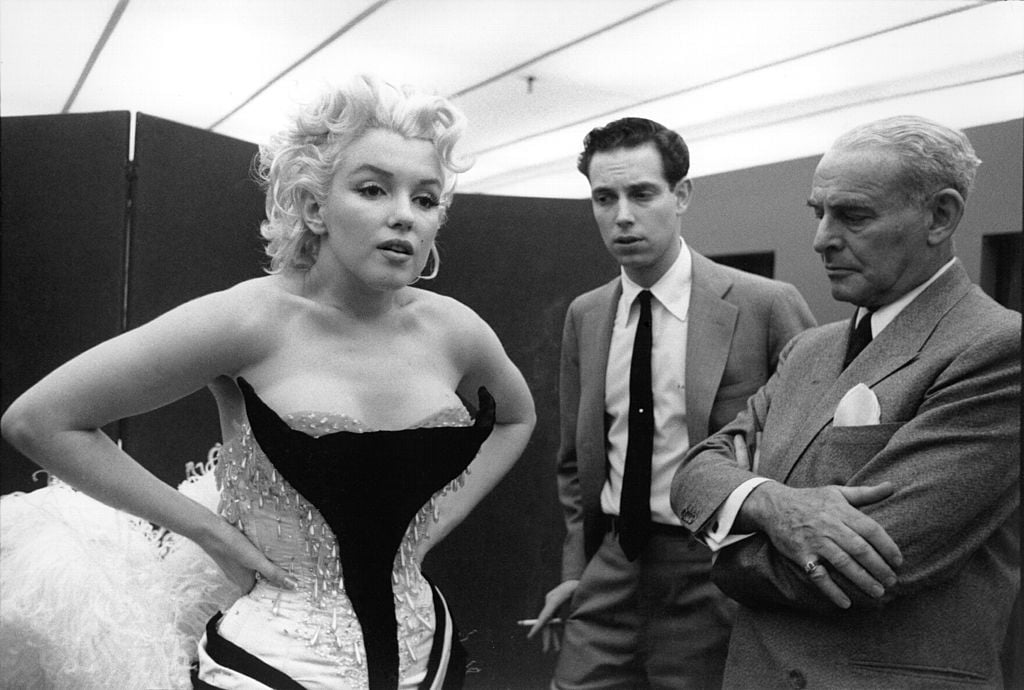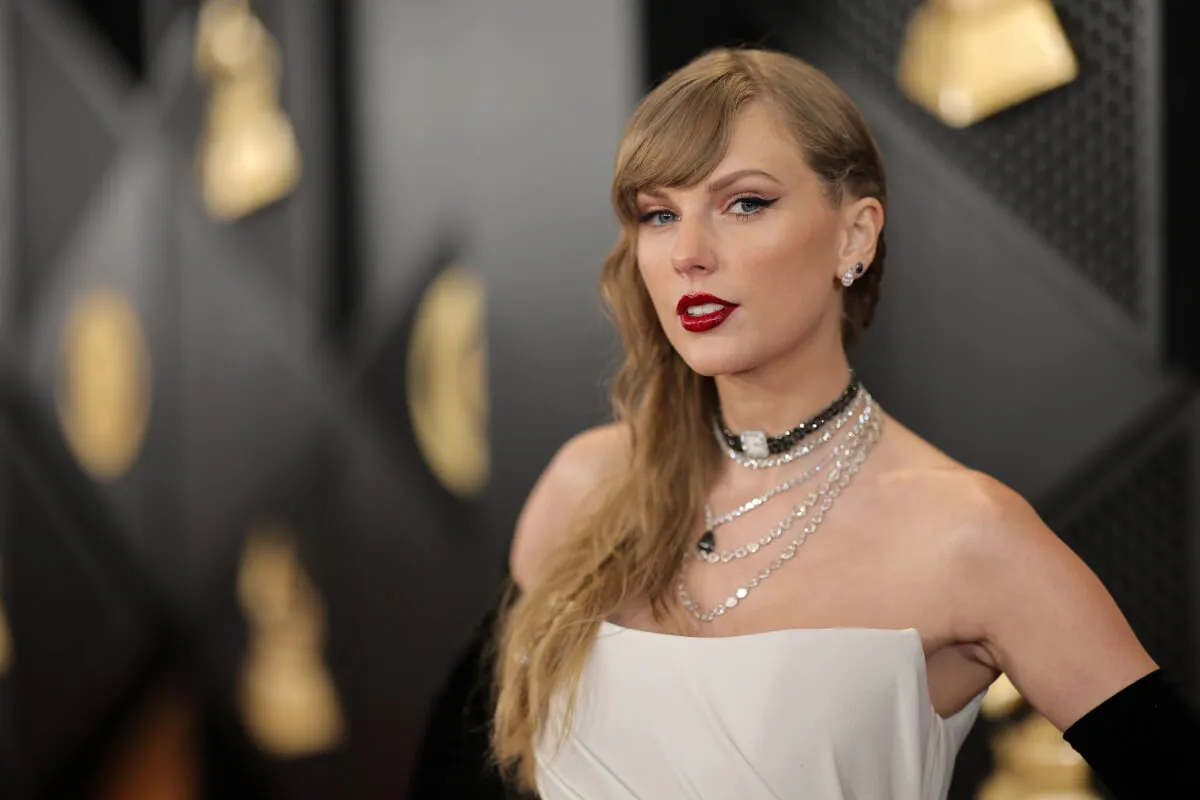Marilyn Monroe Once Crafted an Alter Ego to Escape Her Sex Symbol Image
Style icon Marilyn Monroe became the face of glitz and glamor in the 1950s. Monroe — born Norma Jean Baker — died in 1962 but remains just as mysterious and captivating to this day. The star banked on her work as a pin-up model before moving to her work in film. Many remember Monroe for being a “sex symbol” during the World War II era, but there was so much more to her story. Fame, as she found, came at a price which is why she eventually created an alter ego to escape in anonymity.
Marilyn Monroe did more than play stereotypical roles

Monroe might’ve been the international symbol for “sex” in the ’50s, but after overcoming a challenging childhood, she was determined to make a name for herself as a businesswoman, philanthropist, and early feminist. After getting signed by Twentieth Century Fox, Monroe worked her way through burlesque shows under the moniker “Mona Monroe,” taking on lesser-known roles in films until her breakout roles in Gentlemen Prefer Blondes and How to Marry a Millionaire came along.
By 1956, Monroe’s relationship with playwright Arthur Miller caused a bit of a stir when she was called to testify in front of the House Un-American Activities Committee,” according to biography.com. Miller was tasked with naming names of those involved with Communist acts, but she refused. Many warned Monroe standing beside Miller throughout the ordeal might ruin her career, but she did it anyway and her career soared up until the very end.
The star seemingly reveled in the fame but, according to the 2017 book Marilyn in Manhattan: Her Year of Joy by Elizabeth Winder, she needed to escape sometimes.
Monroe’s alter ego allowed her to escape fame
All that fame and fortune must’ve felt heavy at some point because Winder wrote in her book that Monroe pretended to be someone else at times.
“A woman named Zelda Zonk boarded the last flight from Los Angeles to New York in November 1954, wrapped in a black mink coat and wearing Ray-Ban Wayfarer sunglasses and a black wig styled in a blunt pageboy,” she said. “Jittery, she smoked and bit her nails until safely in the air when she removed the wig revealing blonde curls.”
There’s something to that, as others have re-iterated pieces of Monroe’s life that suggest she enjoyed hiding every now and then. Eli Wallach starred in The Misfits with Monroe. He claimed she often referred to herself in third-person. According to Mental Floss, the two were out for a walk when fans recognized her.
“‘I just felt like being Marilyn for a minute,'” Wallach remembered. Others heard her say things such as, “She wouldn’t do this. Marilyn would say that.”
To corroborate that, Monroe’s Bus Stop costar Don Murray once explained how nervous Monroe became in front of a camera.
“She was a very experienced film actress, but she could forget so many of the mechanical techniques,” LA Times reported. “She would constantly miss her marks, so she would be out of focus or out of the light or in a shadow. “I think it was a lack of confidence. For somebody who the camera loved, she was still terrified of going before the camera and broke out in a rash all over her body.”
If this truly was the case, creating Zelda Zonk might’ve been Monroe’s way of having some kind of normalcy in a totally abnormal world.
The star’s accomplishments go far beyond vanity
Even after success, Monroe found roots in activism by protesting for civil liberty violations, along with becoming an alternate delegate to Connecticut’s state Democratic convention. Those moves were largely overshadowed by tabloid fodder surrounding her private life.
That aside, Monroe’s generosity isn’t spoken about quite as much as the infamous blowing dress scene, but she was known for donating items to friends and foster homes and frequented various charities. She was among the first women to create her own production company, was a voracious reader, and loved to prove people wrong with the old “dumb blonde” dis
She may be long gone, but Monroe’s mystique will live on forever.


